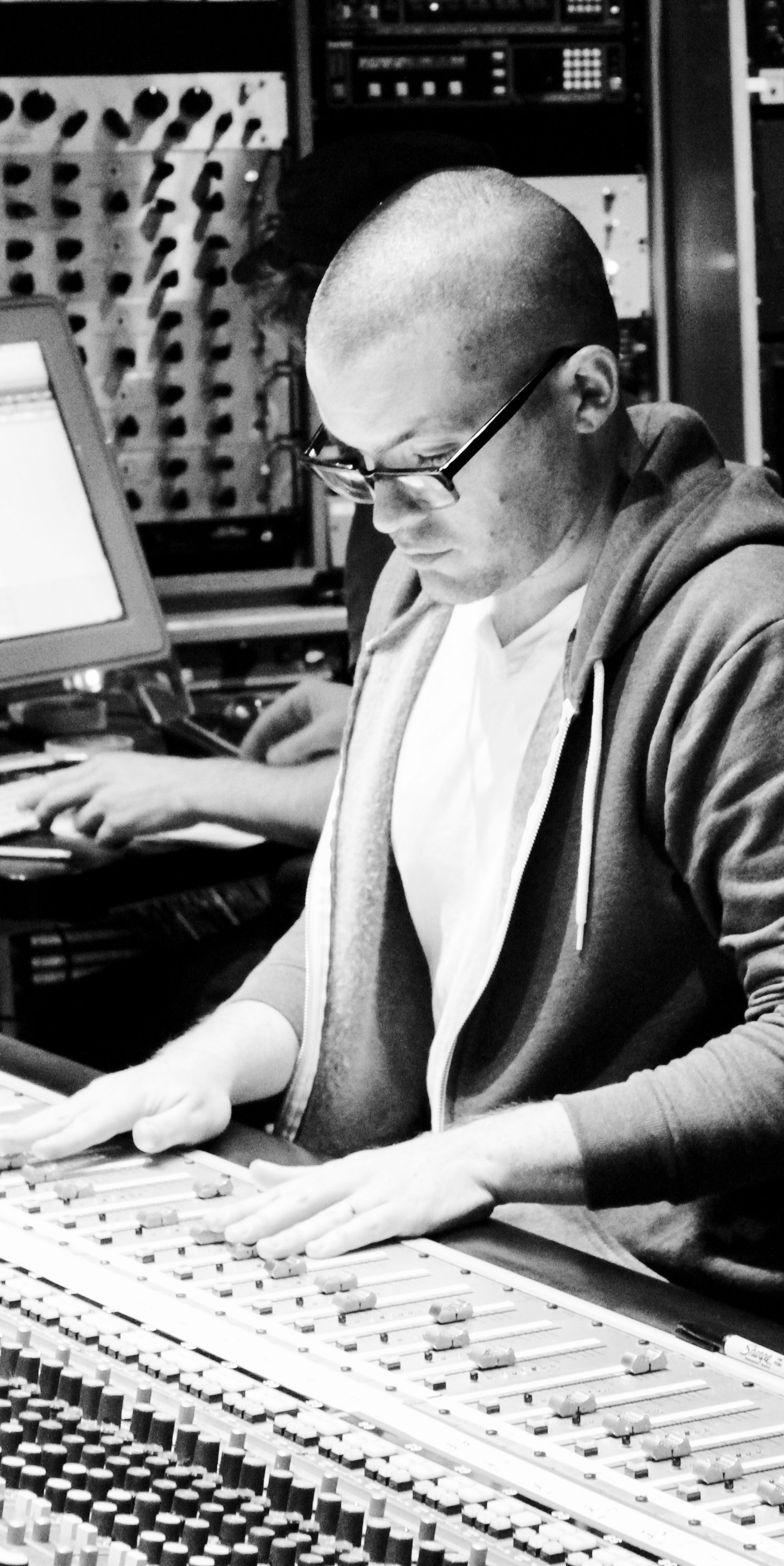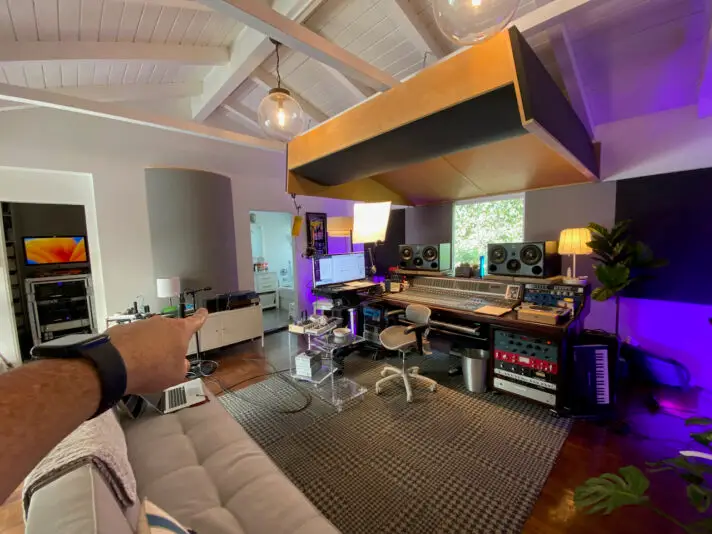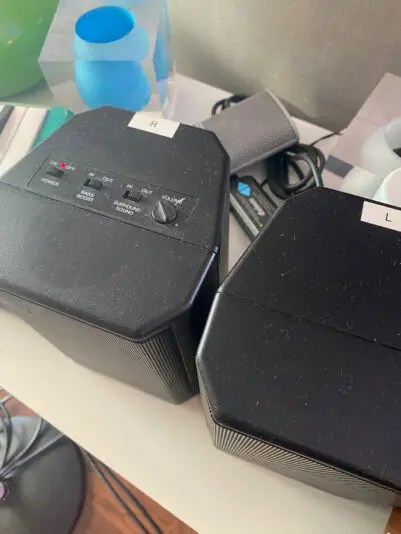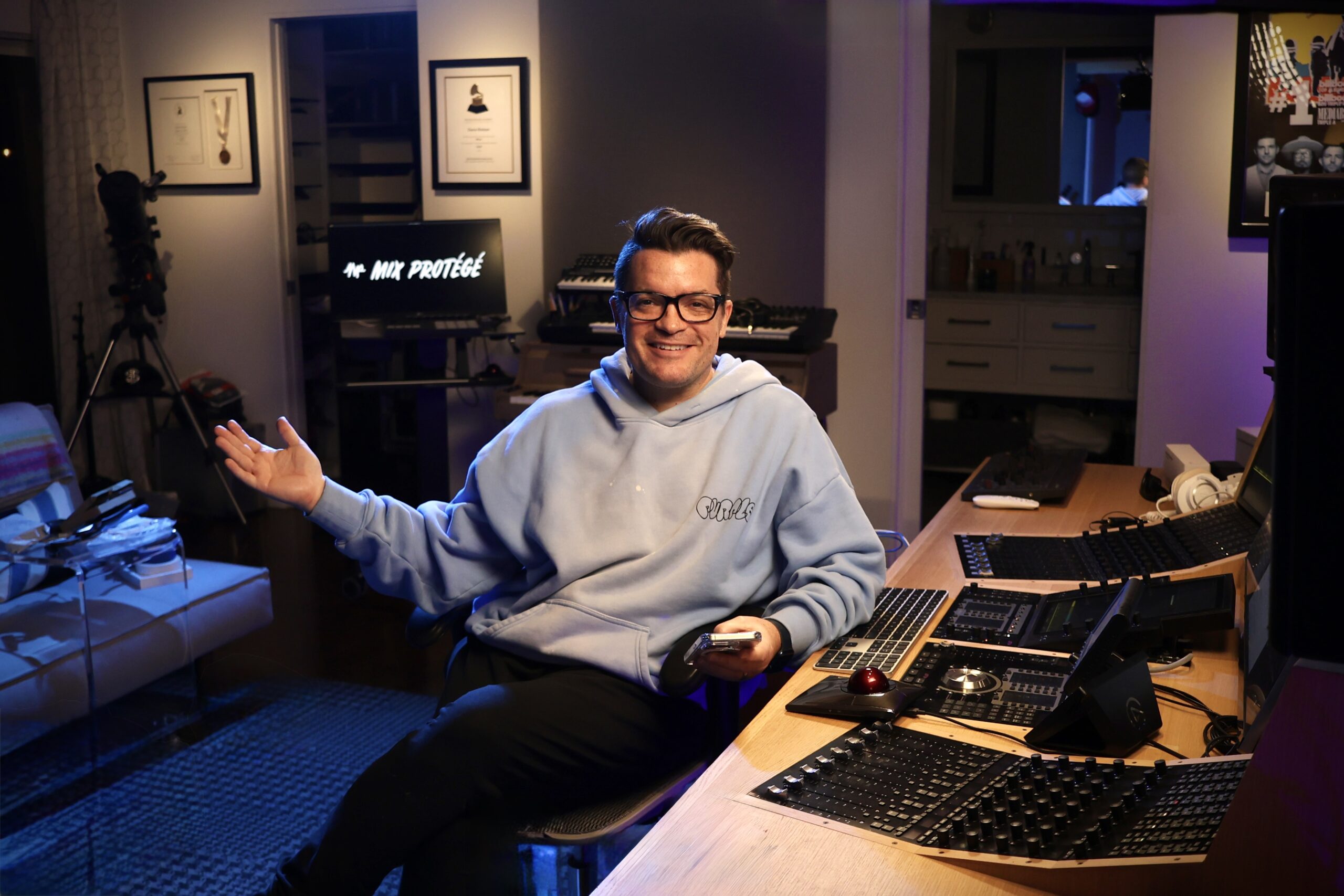
Dana Nielsen
MemberForum Replies Created
-
Amazing topic, @Nate — and one for the ages!! I’m posting my process below in 4 individual steps in case anyone wants to add-to or follow-up on any 1 specific step rather than the whole giant response.
I’d love for other members here to chime in on this discussion too with their own thoughts, tips, plugins, questions, and ideas! That’s the fun of a forum and discussion, right?! 🙌
Ok here goes …
-
4. Proceed with confidence and discretion:
- Now that you love your clear, stripped down “essentials” mix on both the bigs and the smalls you are ready to start introducing additional instruments … ONE BY ONE … adding them, in order of importance, to the overall record … giving each new element it’s time in the sun and under the microscope (frequency-wise, balance-wise) making sure each new element fits into and supports the stripped/essentials mix.
- Don’t be surprised if you find some of these newly-added instruments/parts/overdubs are no longer needed now that you’ve found all the drama and power you need in the song’s core elements! Each new element is just a piece of the puzzle, supporting the core “stripped” mix. If it doesn’t fit or play nice with the core elements consider tossing it back into the puzzle box (muting it for now) and moving on to a different better-fitting piece of the puzzle.
-
3. Back to the bigs for the moment of truth:
- Once u feel good about your small-speaker balance and have been listening and adjusting and mixing on those for 20mins or more so your ears are totally in that small speaker zone, switch back to big speakers for a real surprise 😱. The low end issues will be extremely apparent now! Keep the faders where they’re at and use Hi-pass, low shelving, and/or bell-curves to reign in subs and lows to taste while remaining confident the bass instruments are still going to speak on the small speaks just the way u had them.
- pro tip: adding harmonic distortion/saturation often helps low frequencies speak on small speaks!
- pro tip 2: the TC Elec Clarity meter (or similar) will give a visual representation of lurking low end where it’s unnecessary like vocals etc. Carve that shiz out w no remorse and free up valuable frequency bandwidth for bass instruments that need it.
- Once u feel good about your small-speaker balance and have been listening and adjusting and mixing on those for 20mins or more so your ears are totally in that small speaker zone, switch back to big speakers for a real surprise 😱. The low end issues will be extremely apparent now! Keep the faders where they’re at and use Hi-pass, low shelving, and/or bell-curves to reign in subs and lows to taste while remaining confident the bass instruments are still going to speak on the small speaks just the way u had them.
-
2. Make it rock on the smalls:
- Once you love your stripped-down mix rockin’ on the big speakers, switch to a set of small speakers and make sure everything is audible and balanced on those (i prefer my small speakers pushed together for a mono sound and located on a shelf somewhere on the other side of the room, not at all in the “sweet spot”). Honestly, I do at least 60% of my mixing on the small “other side of the room” speakers!
- When I first switch to smalls, I’m usually like “I can’t hear the bass anymore!” and I sometimes turn my bass/808/low-end faders up SIGNIFICANTLY until I’m like “yeahhh, that’s how it’s supposed to sound”.
-
1. Strip down to the bare essentials:
- In an orch/electronic score this might be one bass instrument, a main “kick”, main “snare”, the main melodic instrument (voice, synth etc), the main rhythm instrument (piano, string ostinato, etc. — just pick a single rhythm inst if u can — the one that starts and carries the song/piece!). Now build an amazing mix with ONLY those items.
- Give yourself plenty of headroom during this first step. Turn ur speakers up loud if u like to vibe out loud (i often do, to start!) but make sure the big kick booms or snare cracks or lead instrument — whatever’s driving your mix — isn’t peaking at all. I like to keep a comfy 3-6dB buffer on my meters in pro tools (i.e. -6dBfs, so my loudest momentary peak would be -6dB below full scale / peaking). I always meter in pro tools “classic” mode – but you do you!
- In an orch/electronic score this might be one bass instrument, a main “kick”, main “snare”, the main melodic instrument (voice, synth etc), the main rhythm instrument (piano, string ostinato, etc. — just pick a single rhythm inst if u can — the one that starts and carries the song/piece!). Now build an amazing mix with ONLY those items.
-
-
-
Yes please! Paperweight party!
-
My pleasure,man! Hahaha – paperweights! For decades I’ve been using a pair of Realistics sold by Radio Shack in the early 90s. My friend McKay Garner turned me on to them forever ago and I’ve bought several pairs since then so I can have a home pair and a travel pair. Here are a few images to show the speakers and where I have them situated in my room relative to my mix position … way off to the side, pushed together. Gives you a bit of that “listening from a different room” feeling, which is always revealing in it’s own right.
-
Oh nice! Yeah I LOVE me some Soothe for sure. Usually tho I’m using it as an insert on super tricky resonant “harsh” sources. I’ll have to try it using a key input (sidechain) from a different source sometime. Is that how you’ve been using it? I’d love to hear more about it!
I really only set up sidechains very occasionally as I find most situations don’t require them to get the job done (contrary to what u read on the internets haha). When I do set up something like that I’m usually using Fabfilter Pro-MB, like attenuating midrange on an electric guitar whenever the singer starts singing to automatically carve out space for the vocal midrange if the guitar is overlapping in a weird way (by keying a specific pro-mb band via a send from the vocal) … stuff like that. But again… super rare in my mix workflow. I usually would rather just find good static eq settings for each part so they can play nice together without undue shenanigans 🤓.




